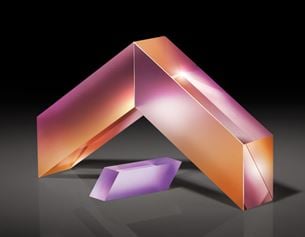 Fresnel Rhomb Retarders
Fresnel Rhomb Retarders
 TECHSPEC® components are designed, specified, or manufactured by Edmund Optics. Learn More
TECHSPEC® components are designed, specified, or manufactured by Edmund Optics. Learn More
- Broadband Performance with <2% Retardance Variation
- 12.7mm and 25.4mm Options Available
- λ/4 and λ/2 Retardance Options
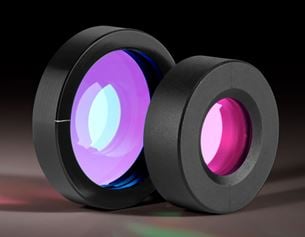 Achromatic Waveplates (Retarders)
Achromatic Waveplates (Retarders)
- Multiple Wavelength Ranges Available
- Flat Response Over Each Broad Spectral Range
- λ/4 and λ/2 Retardance
- Mounted in Black Anodized Aluminum Housing
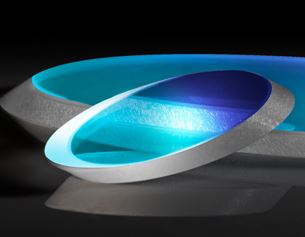 Brewster Windows
Brewster Windows
 TECHSPEC® components are designed, specified, or manufactured by Edmund Optics. Learn More
TECHSPEC® components are designed, specified, or manufactured by Edmund Optics. Learn More
- Reduce Loss of P-Polarized Light
- Circular Profile When Oriented at 55.57°
- Great for Use in Laser Cavities
 Free-Space Optical Isolators
New
Free-Space Optical Isolators
New
- Up to 67 dB Isolation for Ultimate Stability
- Up to 92% Transmission for Maximum Power
- 4.7mm Input Aperture
 Glan-Type Polarizers
Glan-Type Polarizers
- High Extinction Ratios up to 200 000:1
- High Laser Damage Thresholds up to 5 J/cm2 @ 1064nm
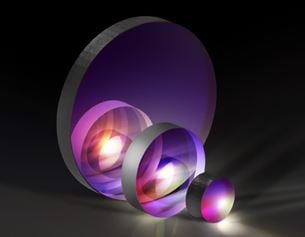 Thin Film Laser Line Polarizers
Thin Film Laser Line Polarizers
 TECHSPEC® components are designed, specified, or manufactured by Edmund Optics. Learn More
TECHSPEC® components are designed, specified, or manufactured by Edmund Optics. Learn More
- High Extinction Ratio of 10,000:1
- 45° Angle of Incidence
- Available for Nd:YAG Harmonics and HeNe Wavelengths
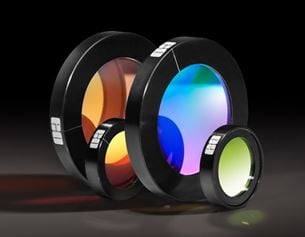 Infrared (IR) Wire Grid Polarizers
Infrared (IR) Wire Grid Polarizers
- Designed for Wavelengths Ranging from 2 - 30μm
- Various Substrates Available
- 360° Rotation Using Metric Polarizer Mounts
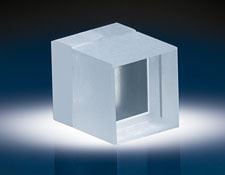 Lyot Depolarizers
Lyot Depolarizers
- Turn Polarized Light into Non-Polarized (Unpolarized) Light
- Designed for Polychromatic Light
- UV to IR Wavelength Range
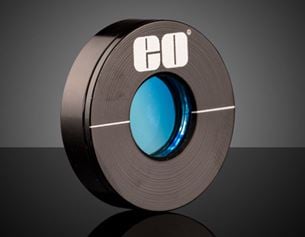 Precision Zero Order Waveplates (Retarders)
Precision Zero Order Waveplates (Retarders)
- λ/4 and λ/2 Retardance
- Excellent Angular Field of View
- Birefringent Polymer Stack
- High Damage Threshold of 500 W/cm2
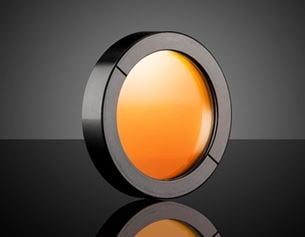 Quartz Waveplates (Retarders)
Quartz Waveplates (Retarders)
- Zero Order and Multiple Order Waveplates
- λ/4 and λ/2 Retardance
- Mounted in Black Anodized Aluminum Frame
- Zero Order Polymer Waveplates Also Available
 Radial Polarization Converters
Radial Polarization Converters
- Converts Linear Polarization to Radial or Azimuthal
- Converts Circular Polarization to an Optical Vortex (Donut-Shaped Beam)
- High Damage Thresholds in the Nano- and Femtosecond Range
- Higher-Order Versions Can Generate Higher Order Polarization Patterns and Optical Vortices
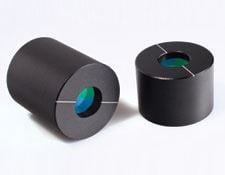 Rochon Polarizers
Rochon Polarizers
- Multiple Polarization Materials Available
- Ordinary Rays Pass Through Undeviated
- Extraordinary Rays Deviate
- Wollaston Polarizers Also Available
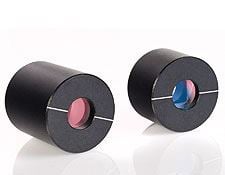 Wollaston Polarizers
Wollaston Polarizers
- Multiple Polarization Materials Available
- UV to IR Ranges Offered
- Large Deviation of Ordinary and Extraordinary Rays
- Rochon Polarizers Also Available
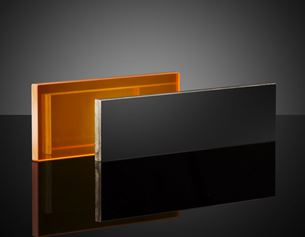 ISP Optics Infrared Brewster Windows
Clearance
ISP Optics Infrared Brewster Windows
Clearance
- Transmit P-Polarized Light Without Reflection Losses
- Ideal for Polarization Separation in the IR Spectrum
- Germanium (Ge) or Zinc Selenide (ZnSe) Substrate Options
- Due to material supply chain disruptions with germanium, there may be increased lead times and price changes on our germanium products. For more information, please contact our customer service team.















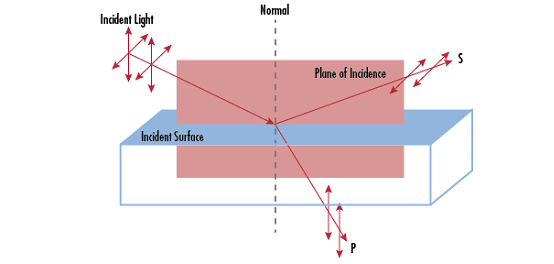
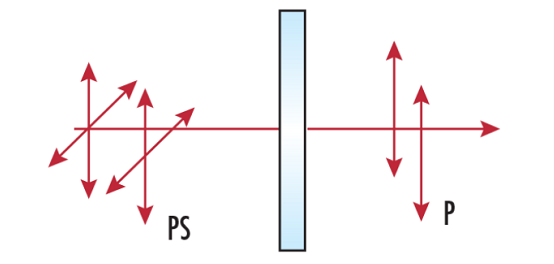
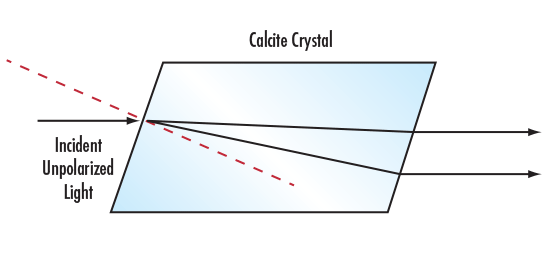
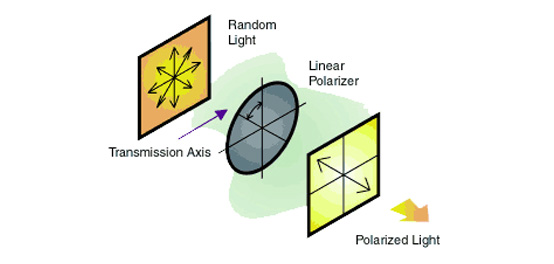

or view regional numbers
QUOTE TOOL
enter stock numbers to begin
Copyright 2023 | Edmund Optics, Ltd Unit 1, Opus Avenue, Nether Poppleton, York, YO26 6BL, UK
California Consumer Privacy Acts (CCPA): Do Not Sell or Share My Personal Information
California Transparency in Supply Chains Act